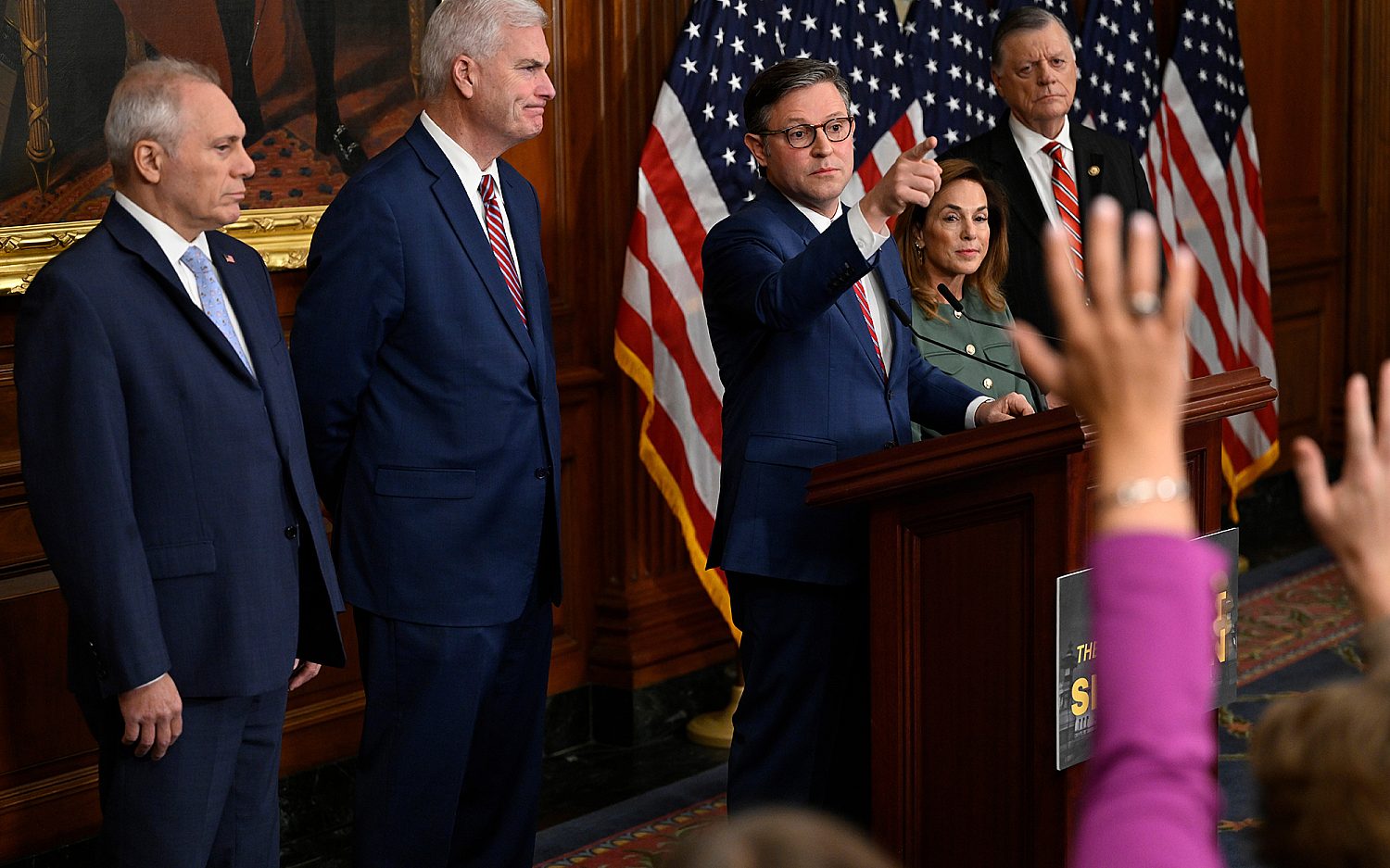Public schools to begin tracking military kids’ performance
Provision in new federal education law is designed to prevent students from falling behind
Children in military families not only move more frequently than their civilian counterparts during their school years, many have at least one parent who may have spent long stretches away from home during deployments. These and other factors create stress and social upheaval unique to military kids that can cause behavior problems and affect academic performance.
But a provision in the new federal education law will require school districts across the country to begin formally tracking students from military families, monitoring their academic progress as they move from assignment to assignment. While some states already flag military students in their systems, educators and researchers hope the federal provision will lead to better outcomes.
“States have been making progress over the last few years but this will really broaden the impact,” Jennifer Thomsen, a research manager for the Education Commission of the States, told education news website The 74.
Thomsen noted it would be reassuring if the data showed military-connected students performed just as well as their non-military connected peers.
“On the flip side, if military-connected students are lagging behind, then you can say clearly, there are some additional supports that are needed in this school,” she said.
The new provision is part of the Every Student Succeeds Act, the new federal law passed in December that replaces No Child Left Behind. Beginning with the 2017-18 school year, school-aged children in military families will get an identification number known as a “military student identifier” that will allow schools to track test scores, graduation rates, attendance, and other metrics.
Under the new provision, military students would be treated as a demographic sub-group in the same way schools currently track other students because of their socioeconomic status, race, ethnicity, gender, English language proficiency, or disability, according to The 74.
Educators and advocates for military students generally support the new rules.
“We have an all-volunteer force that has endured more than 14 years of war with frequent and repeated military parent deployments,” said Mary Keller, president and chief executive officer of the Military Child Education Coalition (MCEC). “We also know military-connected children move three times more often than their peers, creating the opportunity for disruptions, disconnects, and gaps in education, in addition to the stress of having parents away from home for long periods of time.”
Keller noted that without the military student identifier, educators and policy leaders would have no way to know whether the students are faring well, keeping pace, or falling behind.
“The identifier will provide data to inform both educators and policymakers, enabling them to adjust programs, direct resources, and adopt strategies that support these students and their military families,” she said.
The U.S. Department of Education has yet to announce implementation details for the new provision, but it will apply to the more than 1 million school-age, military-connected students in pre-kindergarten through 12th grade, the vast majority of whom are in public school classrooms, according to the MCEC.
The Every Student Succeeds Act does not apply to military children who are homeschooled or attend Department of Defense schools.
An actual newsletter worth subscribing to instead of just a collection of links. —Adam
Sign up to receive The Sift email newsletter each weekday morning for the latest headlines from WORLD’s breaking news team.




Please wait while we load the latest comments...
Comments
Please register, subscribe, or log in to comment on this article.